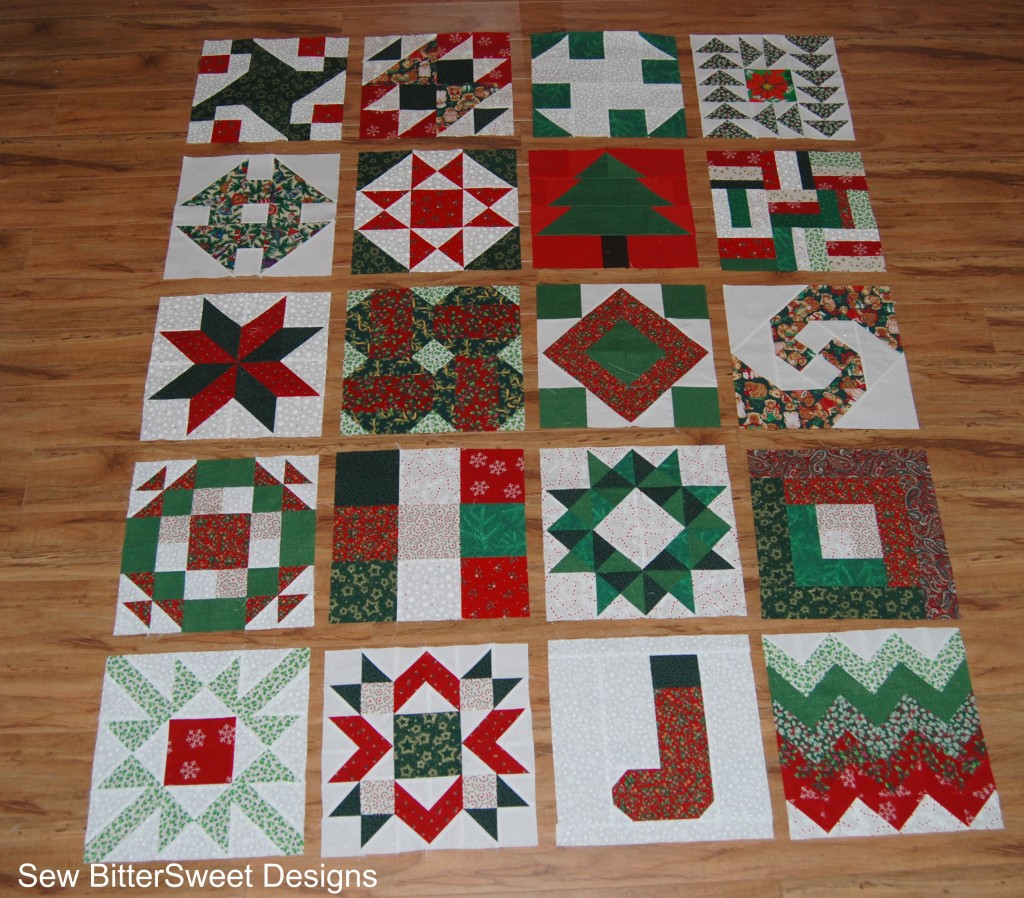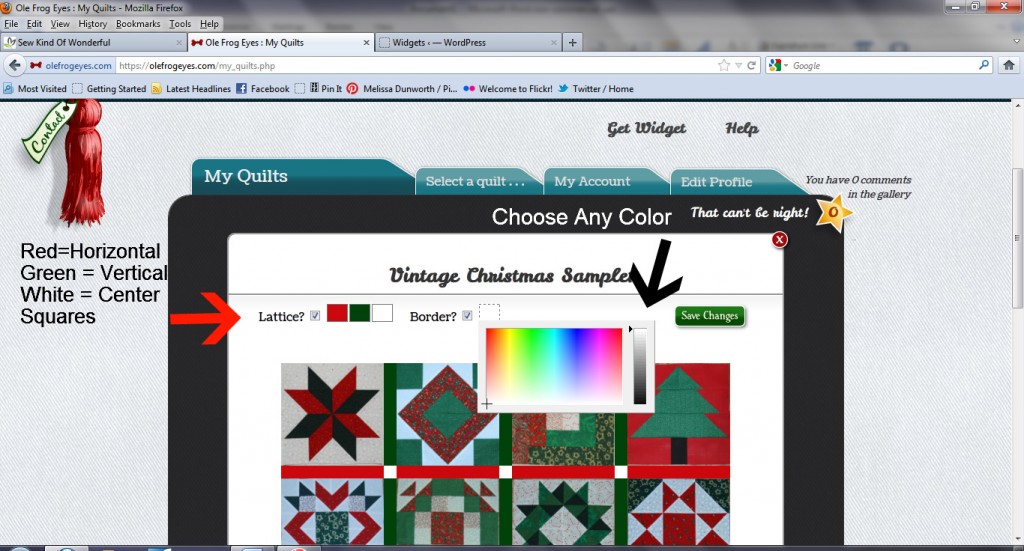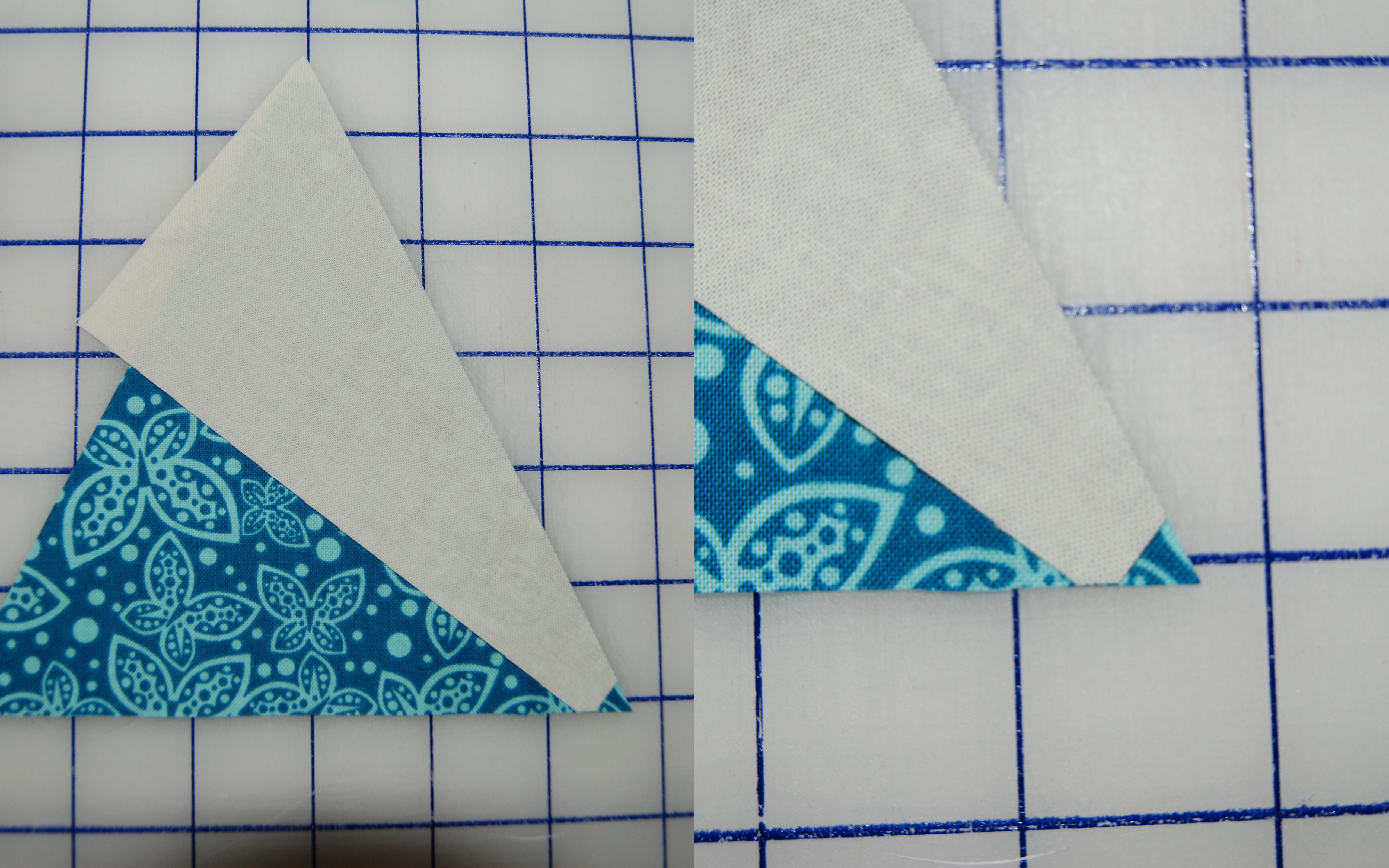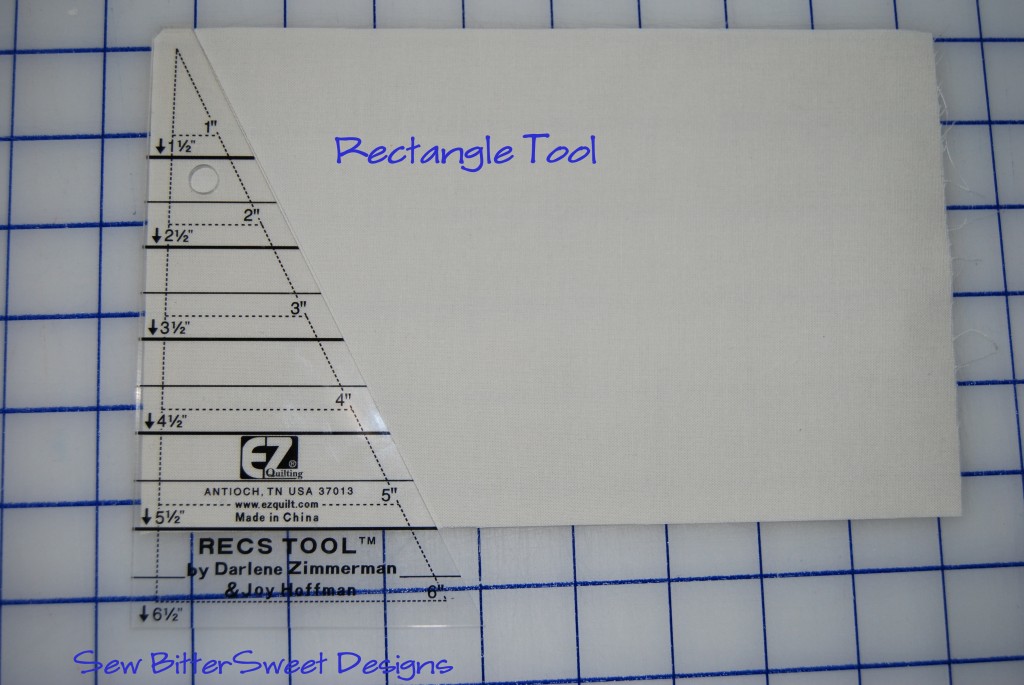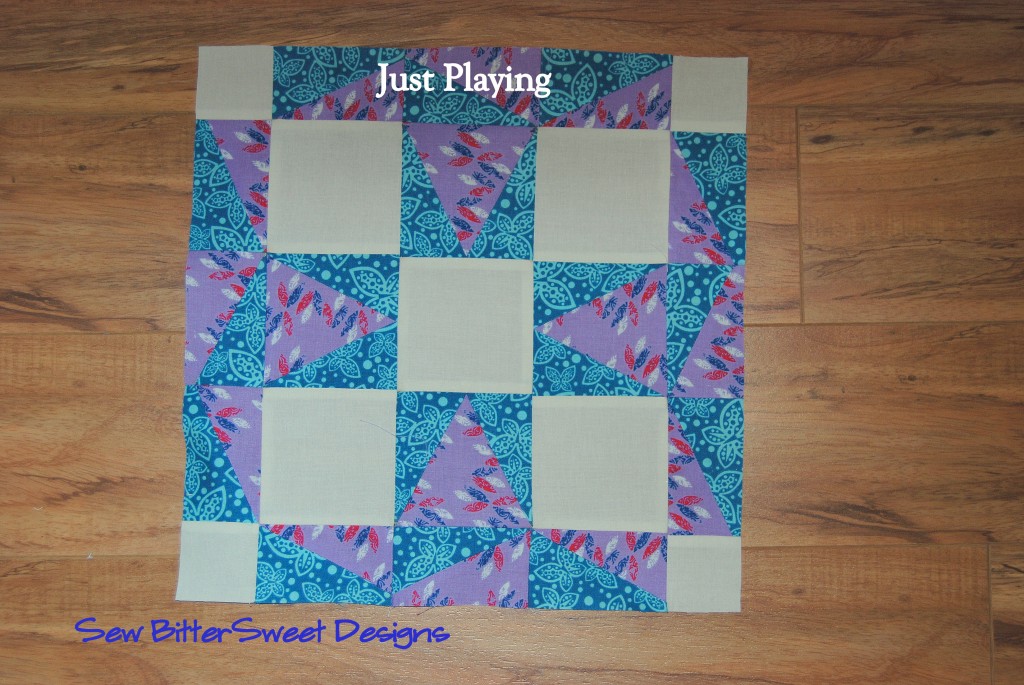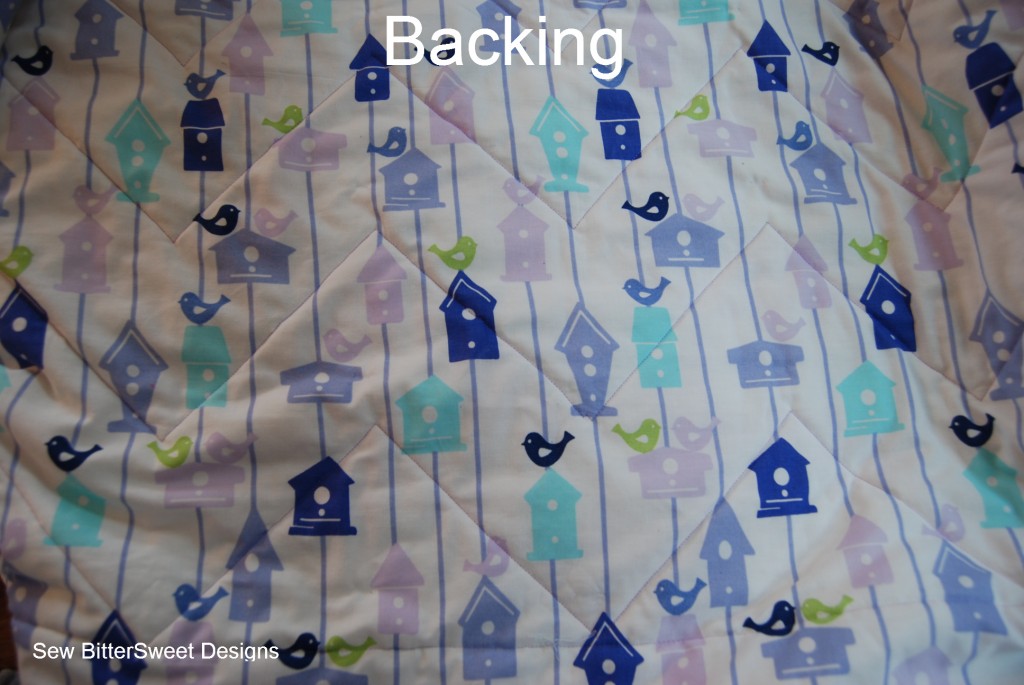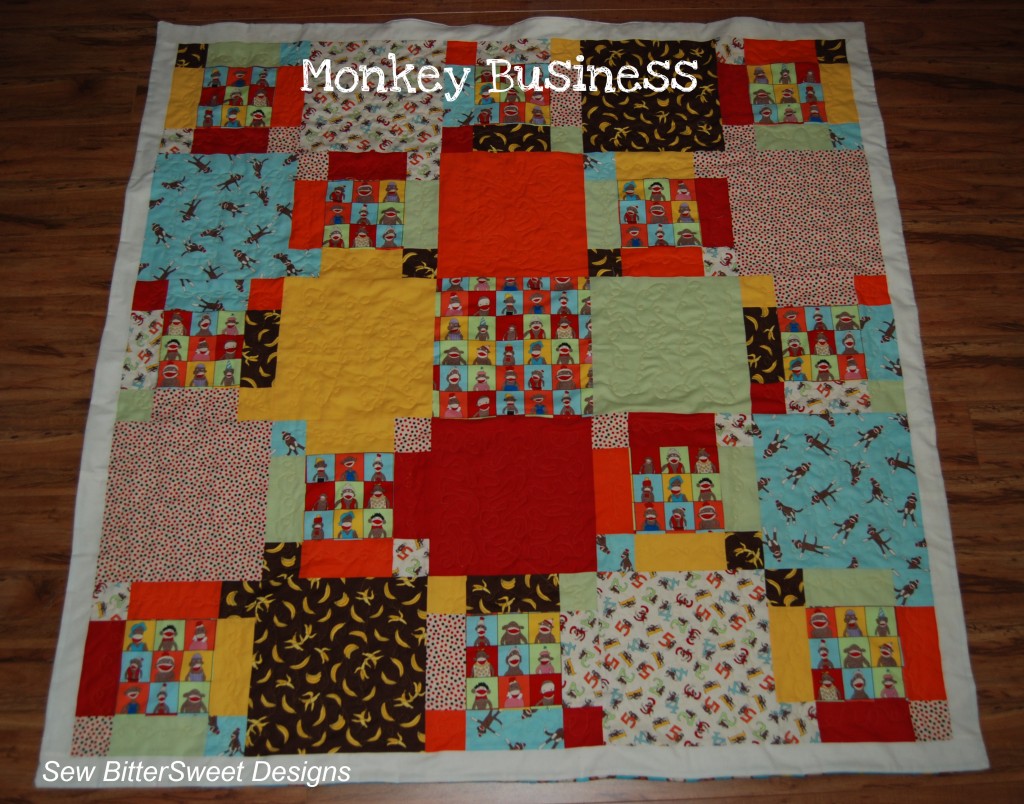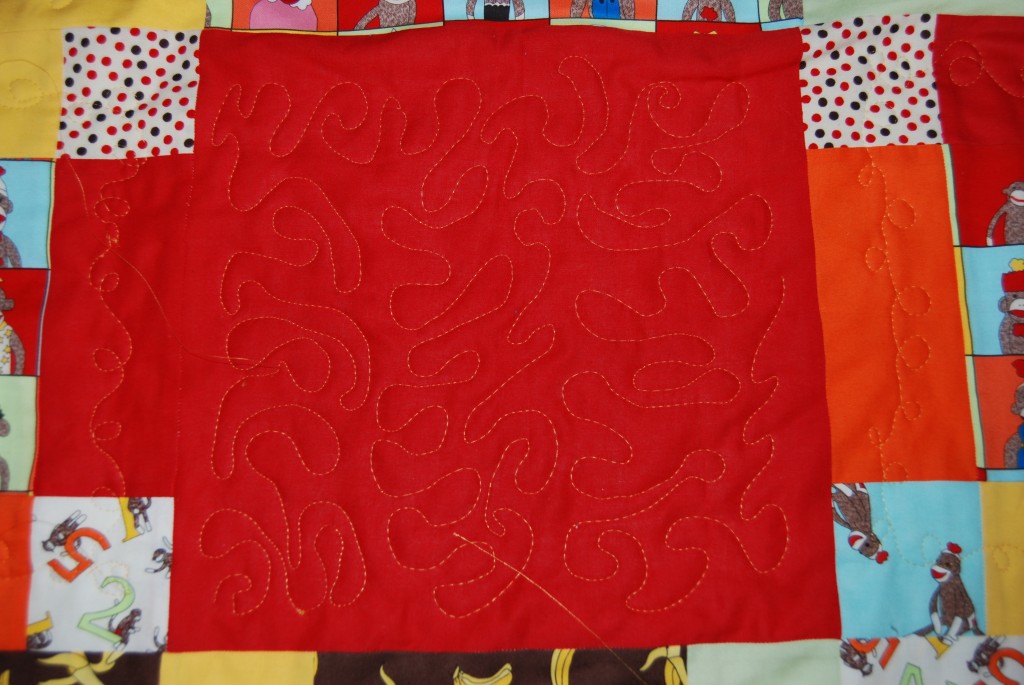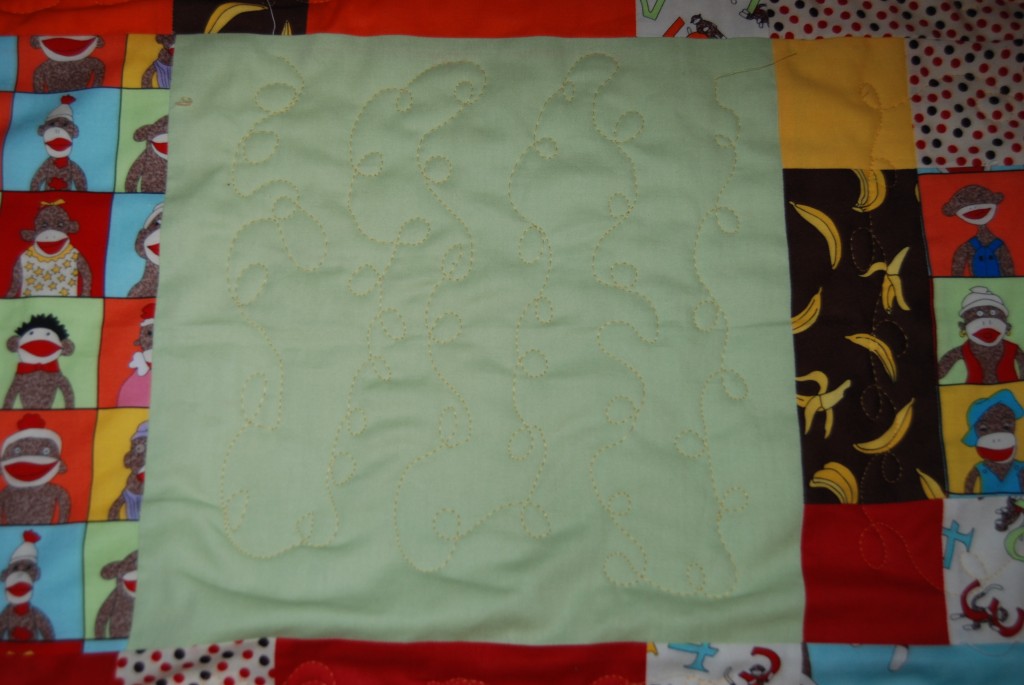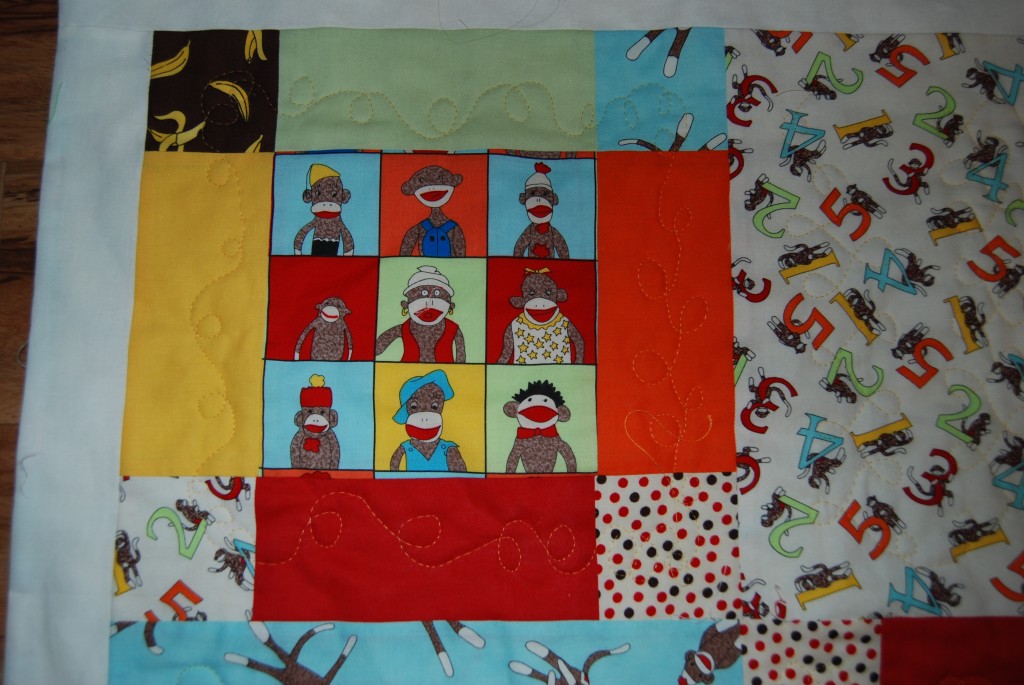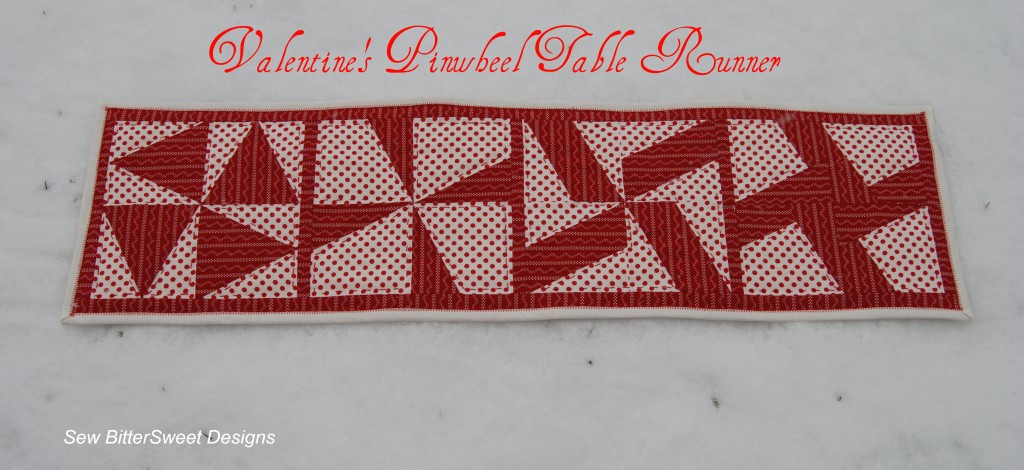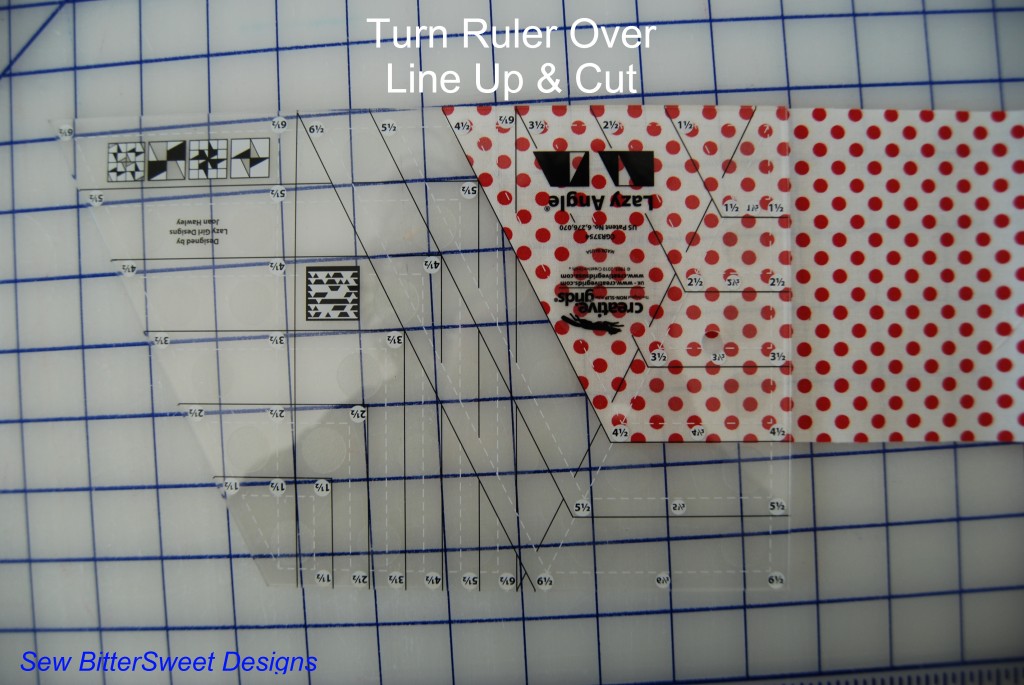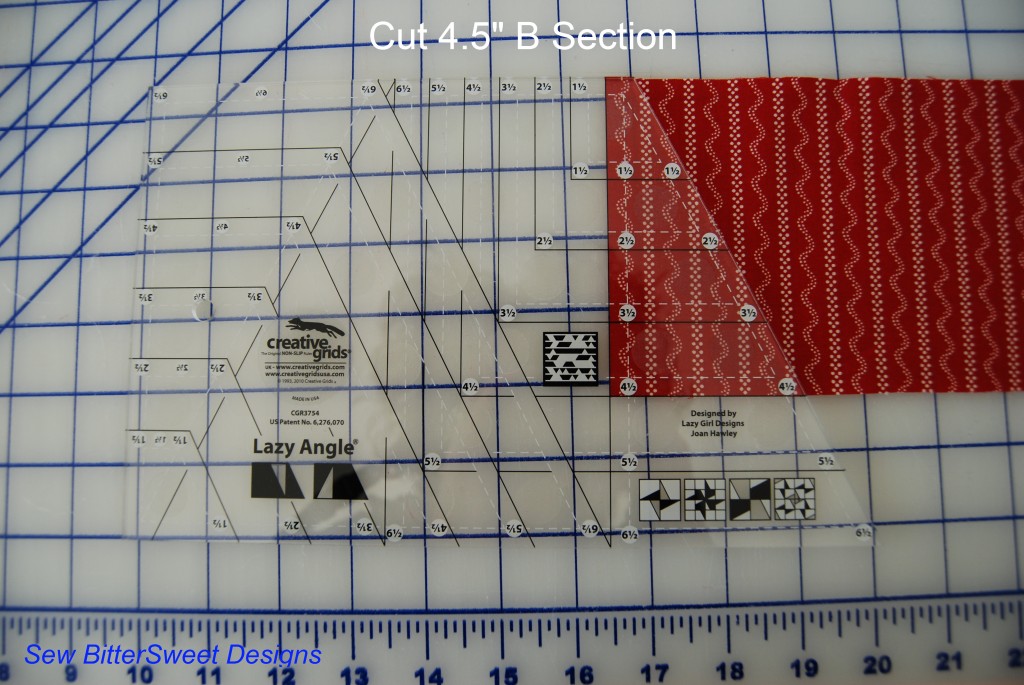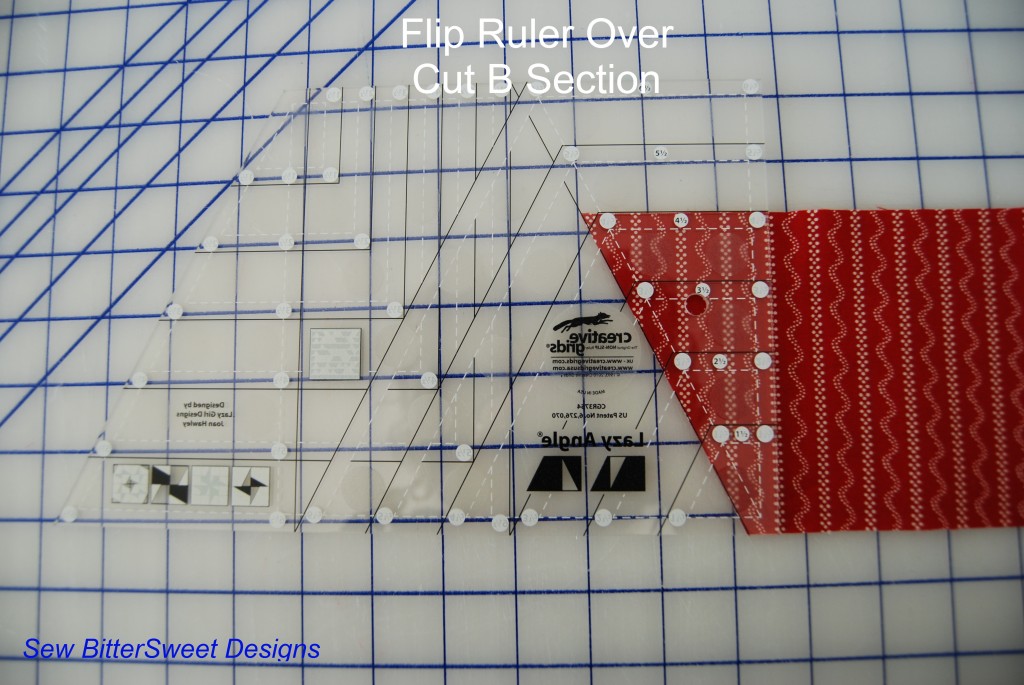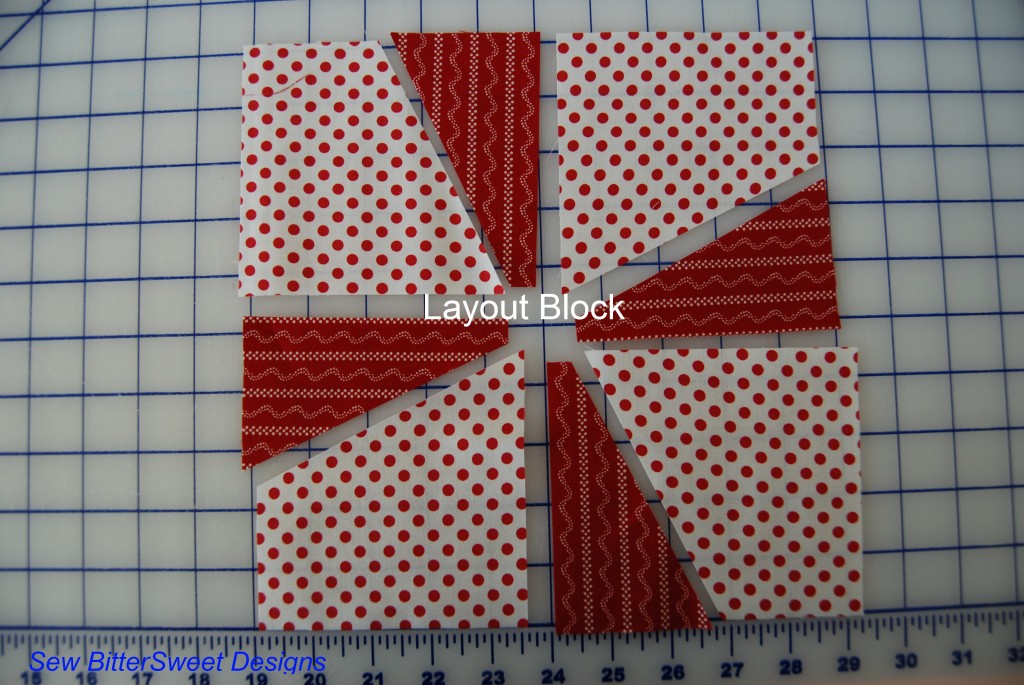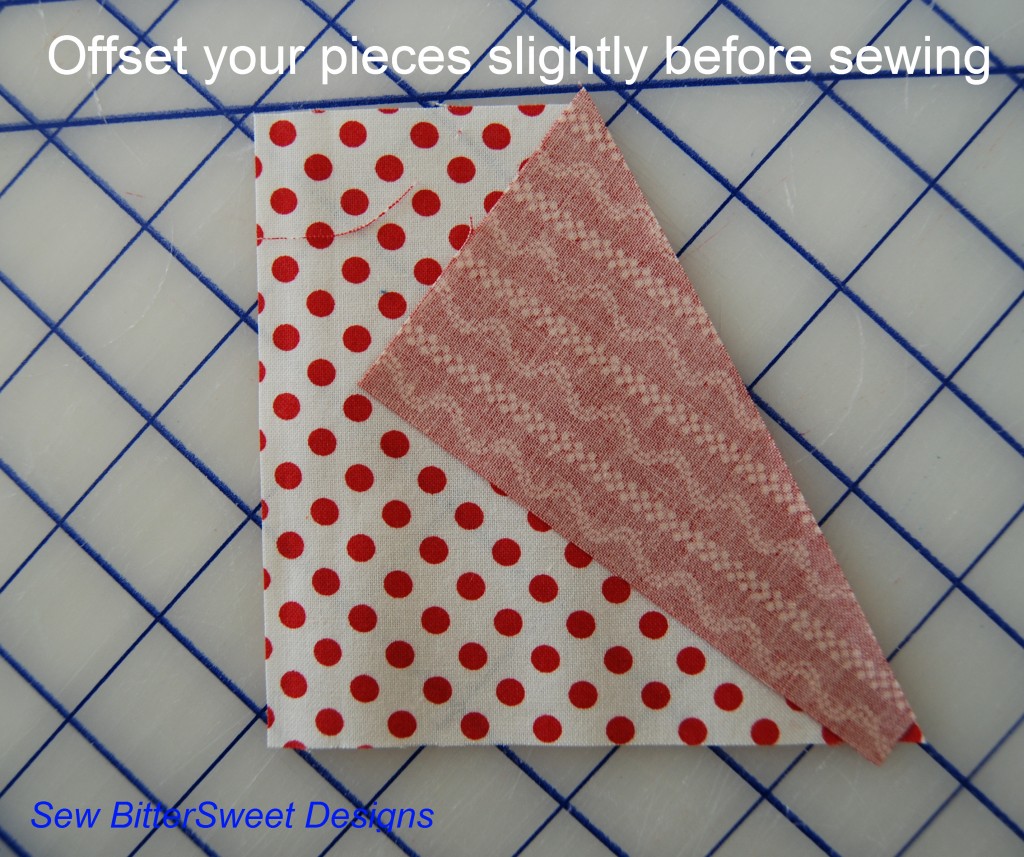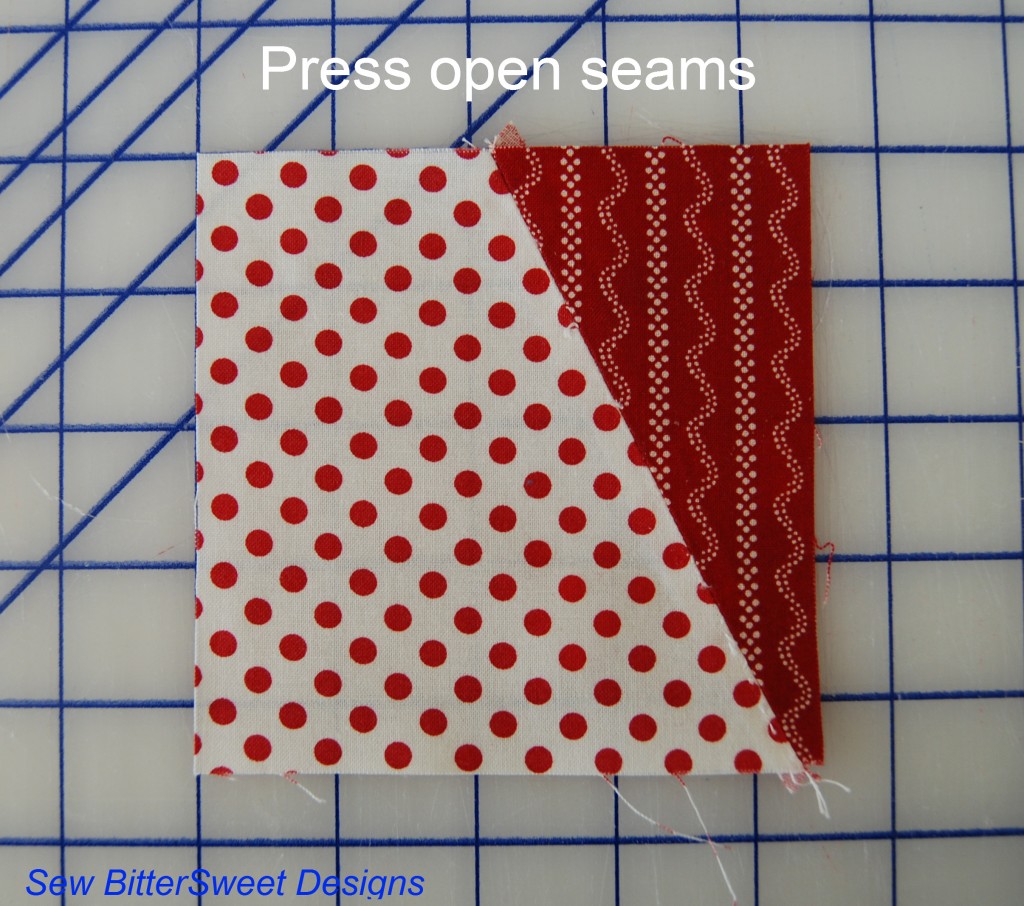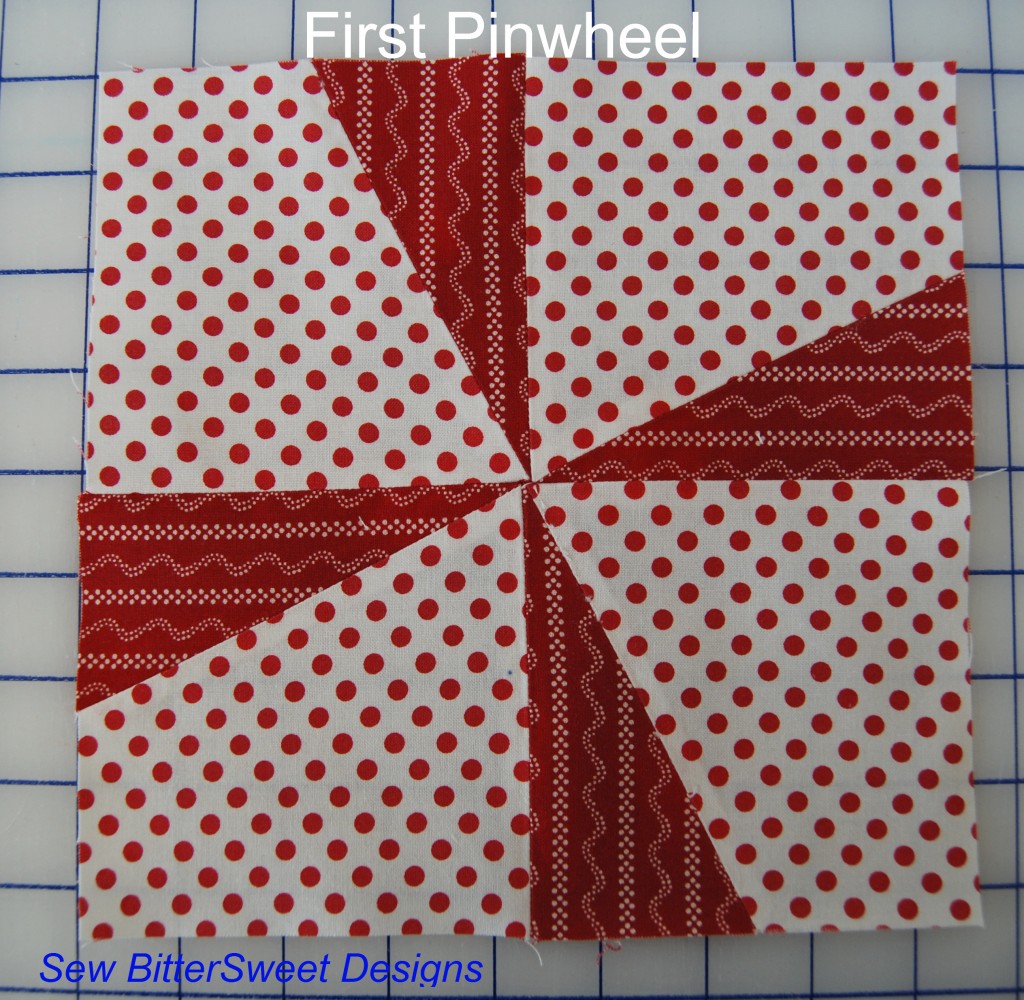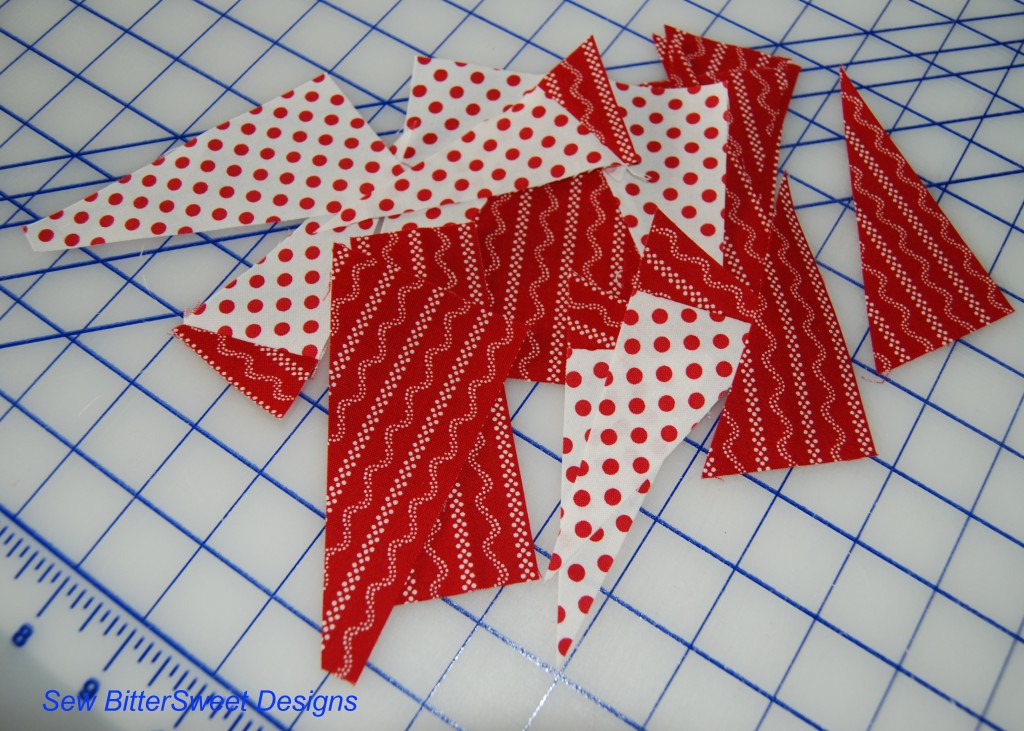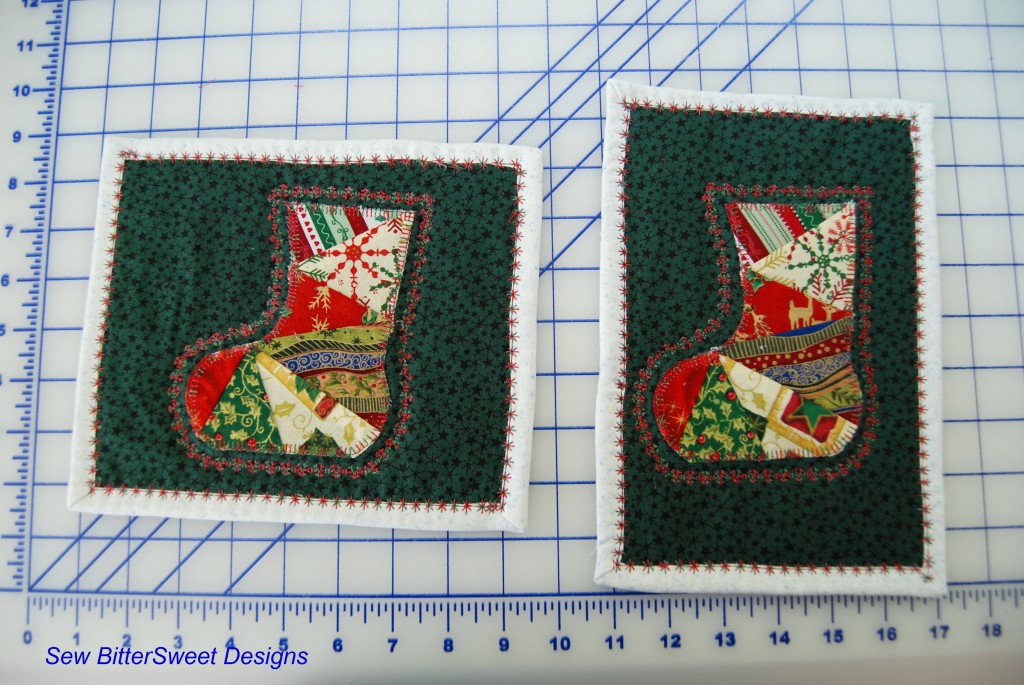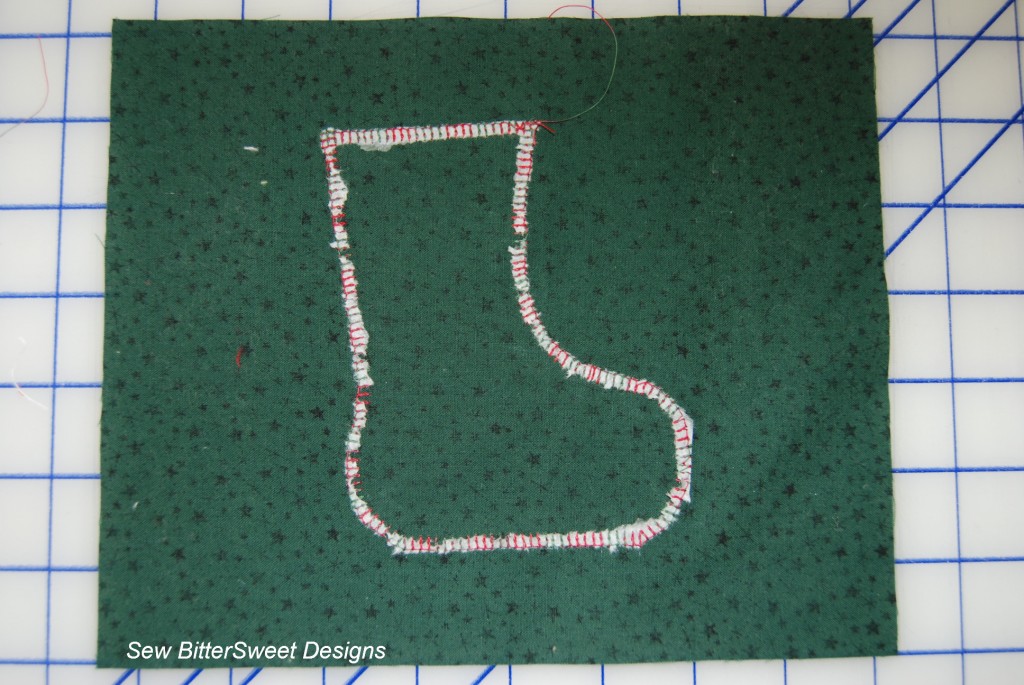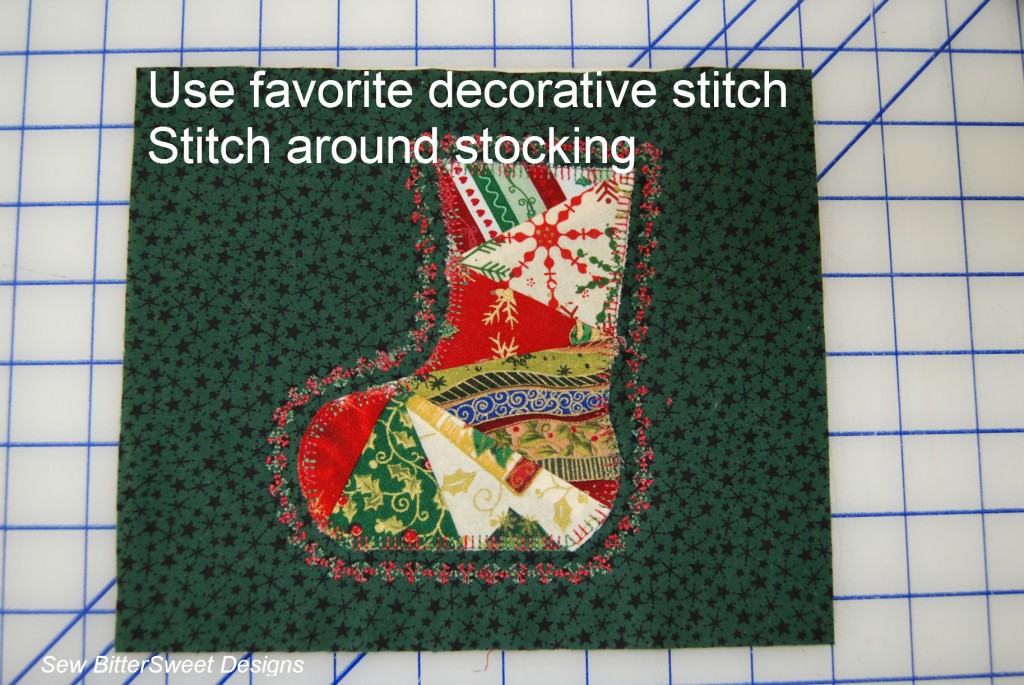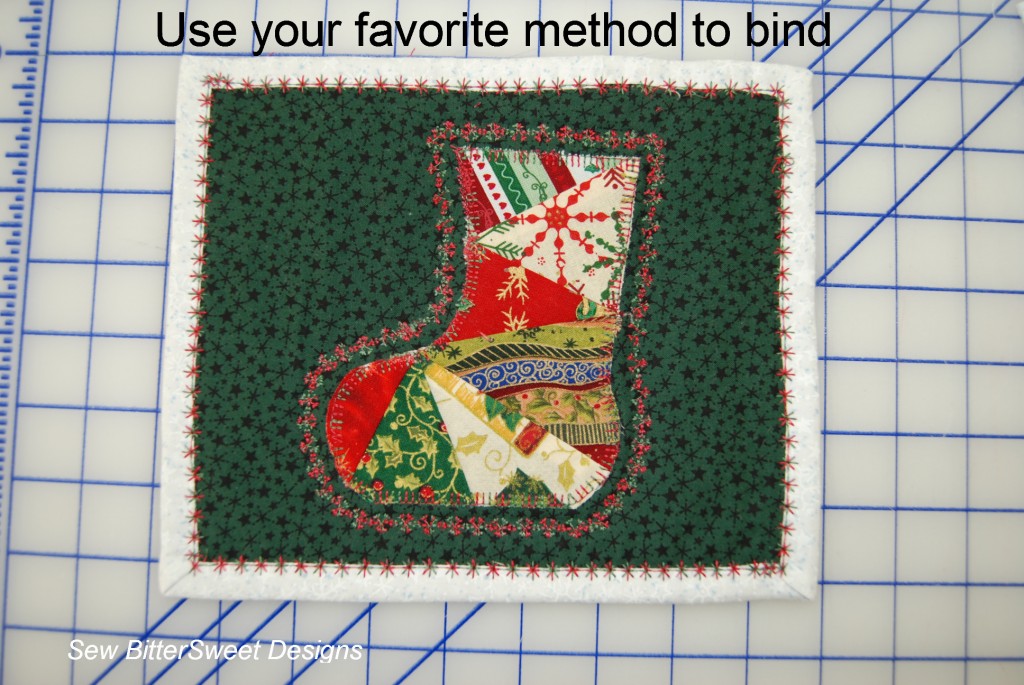Ole Frog Eyes Review & Giveaway

Have you heard of Ole Frog Eyes? Ole Frog Eyes is an online quilting tool for those of us who are not lucky enough to have a design wall. There are lots of different types of design walls. You can buy a fancy portable one – but those can run you upwards of $150.00. You can make one – if you have the space – with simple flannel or quilt batting. You can use your floor – but that is rather temporary…
This has been my solution since…well forever. I have never had the space for a design wall. Well, this is not really convenient – especially when I am working on 4 or 5 quilts at a time. I can’t have all the blocks out at once; I can’t have more than one quilt out at a time. This is where Ole Frog Eyes comes in; they are a VIRTUAL design wall!
Click here to see my whole Vintage Christmas Sampler in Ole Frog Eyes.
There are several cool features that come with your virtual design wall.
You can upload any block you want, then you can choose borders, in virtually any color, and also select colors for you lattice (sashing). The lattice allows you to select up to three colors: horizontal, vertical and what I will call the center squares – where the horizontal and vertical sections meet.
Do you remember my post last week of all the blocks I had completed from SewHappyGeek’s SewHappyQuilt QAL? I had to make a collage of my blocks because I just don’t have much space to lay out my blocks. Well here they are all laid out – with potential sashing and border colors!
Here are the basics for using Ole Frog Eyes:
- Your image must be a jpeg
- Crop your photo to a square – just like your block
- Make sure the file size is no more than 30 kb – there is an awesome video tutorial on Ole Frog Eyes on how to edit your photos and resize them
- Click on Create a Quilt
- Name It
- Select your template – classic or on point
- Enter number of columns
- Enter number of rows
- Check the box if you want to have a lattice (sashing)
- Check the box if you want to have a border
- Then start uploading your photos and select your colors for lattice (sashing) and border
Here is what it looks like when selecting your lattice (sashing) and border colors. As you can see, they offer every color under the sun.
Things I like about Ole Frog Eyes:
- Virtual Design Wall! I’m not sure I need to say more about that. I have a 2 year old and limited space in my sewing room. Virtual anything is beyond welcome!
- You will never have to pick your quilt blocks up again!
- Lots of choices for the lattice (sashing) – up to three different colors – this allows more design options
- Border – this allows me to visualize my end product and give me an idea of what colors will work well
- Ease of use – after watching the video on making my image size smaller, I was off and running. I have 2 more quilts in the works that I am going to be uploading to Ole Frog Eyes
- Visual progress: with each block I upload – I can see the progress I am making on my quilt. When I started uploading my Sew Happy Quilt blocks I realized that there were some prints that I had overused and some that I hadn’t used at all, this allowed me to even up my usage of the fabric line and my quilt is more balanced now.
- Affordable! It is only $2.50 per month. On almost any budget that is easy to swing.
- If you have any issues – you just have to pull the red cord and an email window will open to message the website administrator for help! (makes me feel so luxurious to have a cord to pull for instant help)
- You can display your quilts online and have people comment on them – and who doesn’t love positive feedback!
Area’s for Improvement:
- I would love to see the next version of Ole Frog Eyes to have a drag and drop feature. That way after uploading you blocks you can easily move them around into a layout you like better. Right now you have to delete your blocks and reload them. I have spoken to Snoodles about this and I do believe it is something they are working on for the next version.
Final Thoughts:
This is a great product for anyone who has the following limitations: limited space, pets (pet hair on blocks = more work cleaning later), toddlers (mine likes to play with my blocks), no sewing space (kitchen table double as your sewing area?). It is also great for figuring out fabric usage, layout, lattice (sashing) and border colors.
Now for the giveaway! Snoodles and Padsworth (the Ole Frog Eyes mascot) have decided to give two of my wonderful reader’s free one-month subscriptions to test drive this awesome software!
So how can you enter?!? Two ways to enter:
- Check out the Ole Frog Eyes website and tell me why you would like to use it? Personally – I like being able to see my fabric/color distribution. (entry 1)
- Blog, Tweet, or Facebook about this giveaway, come back and give me the link. (entry 2)
Please make sure you are following my blog – there are lots of ways to do it (this is mandatory to enter but does not count as an entry).
Good luck! The giveaway will be open through 9pm Friday March 9th. I will announce the winner on Saturday March 10th.

